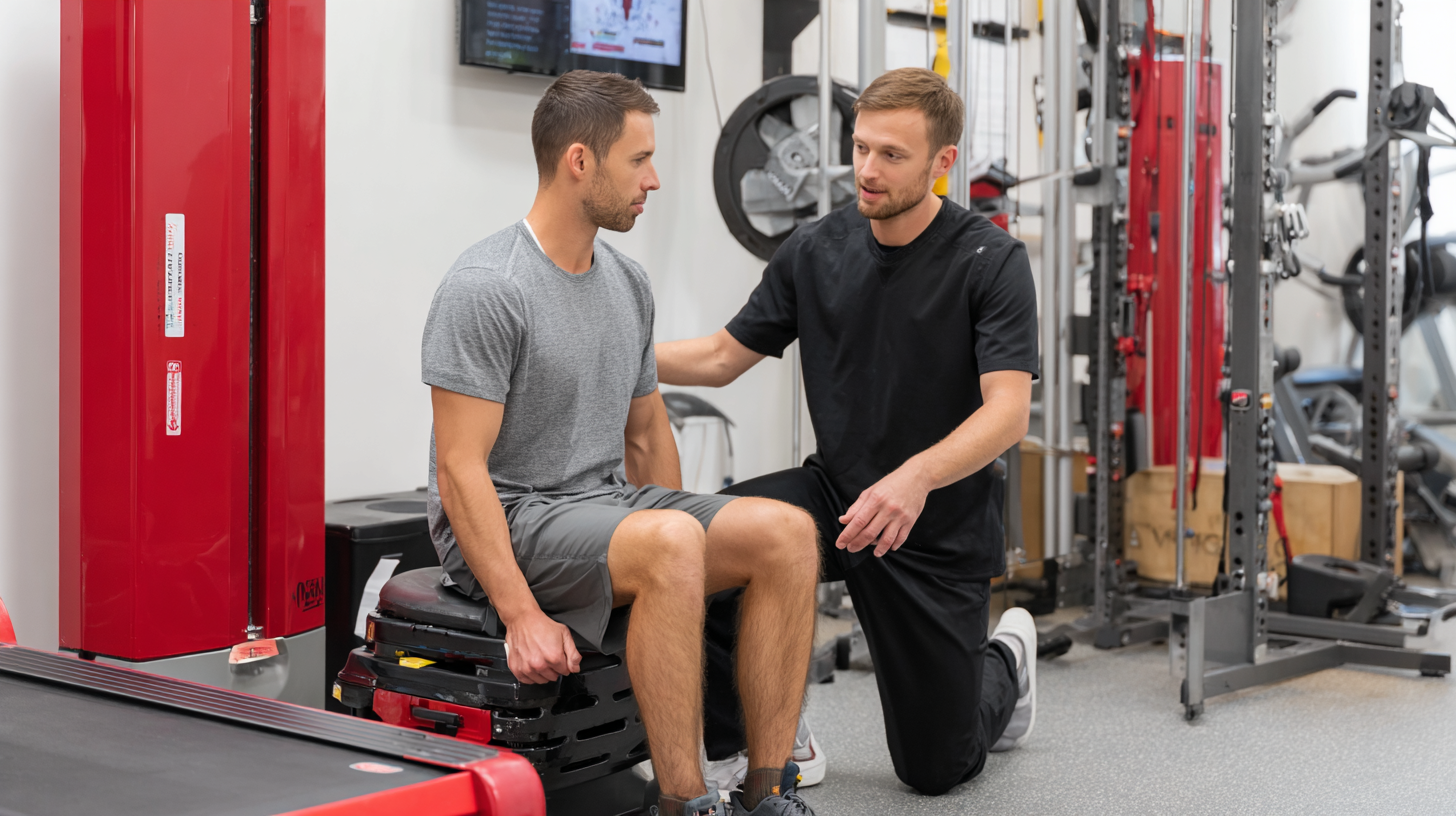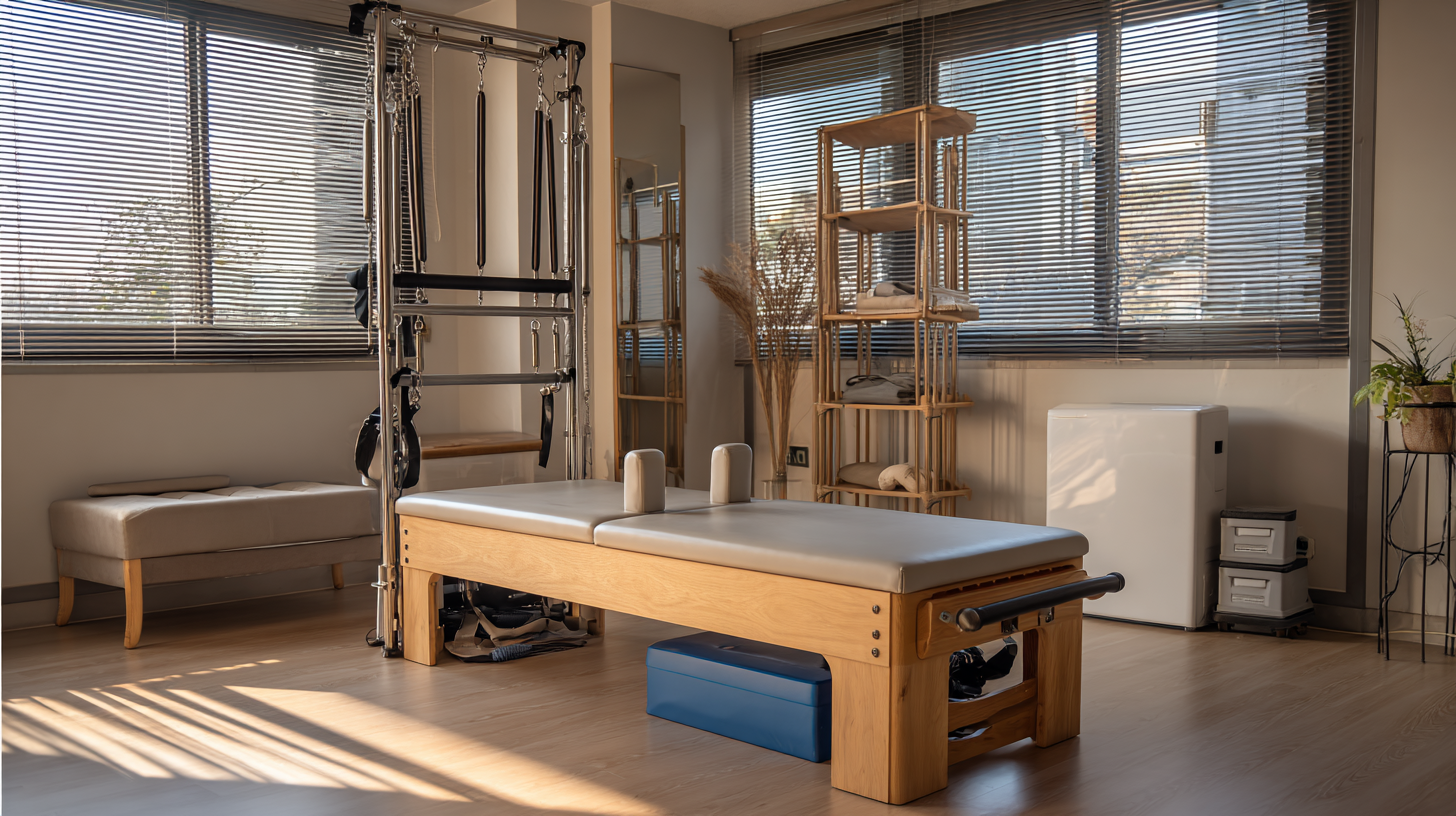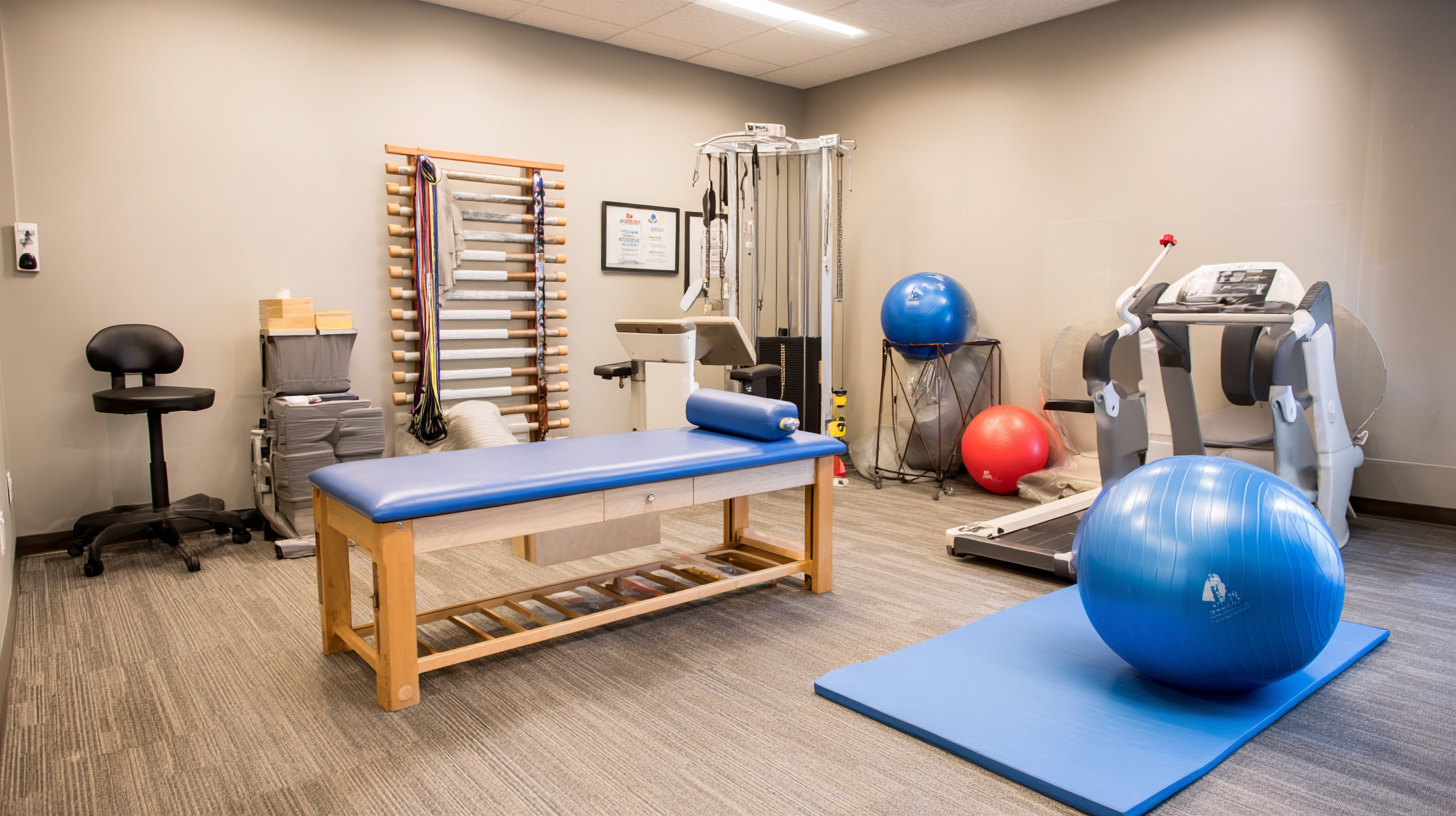Ultimate Guide to Comparing the Best Physical Therapy Equipment for Optimal Recovery
In the realm of rehabilitation and recovery, the significance of high-quality physical therapy equipment cannot be overstated. With a plethora of options available, choosing the right physical therapy equipment can greatly influence the effectiveness of treatment plans and patient outcomes. This ultimate guide is designed to provide a comprehensive comparison of the best physical therapy equipment on the market, enabling therapists, patients, and fitness enthusiasts to make informed decisions tailored to their specific recovery needs. Whether you’re looking for tools to improve mobility, strength, or overall wellness, understanding the features and benefits of various equipment is crucial. Join us as we explore the essential aspects of physical therapy equipment, offering insights and recommendations that will aid in your journey towards optimal recovery.

Essential Factors to Consider When Choosing Physical Therapy Equipment for Recovery
When choosing physical therapy equipment for optimal recovery, several essential factors must be considered to ensure effectiveness and safety. According to the American Physical Therapy Association (APTA), the right equipment can significantly enhance recovery outcomes, with studies showing that patients using specialized therapy tools see up to a 30% improvement in mobility within just a few weeks. Therefore, it's crucial to evaluate the specific needs of your recovery plan and select equipment that aligns with your therapy goals.
Tips for selecting the best physical therapy equipment include assessing the type of injury or condition being treated, as different devices are designed for varying rehabilitation purposes. For example, resistance bands are excellent for building strength, while balance boards can improve stability and coordination. Additionally, ensure that the equipment is adjustable and user-friendly to accommodate different body types and abilities—this can encourage regular use and adherence to the therapy regimen.
Investing in high-quality equipment is another key factor. A survey from the International Journal of Rehabilitation Research noted that patients who used durable and versatile equipment reported higher satisfaction rates. When shopping for therapy tools, consider brands that are backed by clinical studies and have positive user reviews, as this often correlates with better long-term outcomes in recovery.

Comparing Effectiveness: Resistance Machines vs. Free Weights in Rehabilitation Programs
When it comes to rehabilitation programs, the choice between resistance machines and free weights can significantly impact the recovery process. Resistance machines offer the advantage of guided motion, reducing the risk of injury and providing a controlled environment for patients. These machines allow users to isolate specific muscle groups, making it easier to target areas that need strengthening after an injury. For individuals recovering from complex injuries or those who are new to strength training, resistance machines can provide essential support and encouragement.
On the other hand, free weights present a different set of benefits that can enhance functional strength and stability. Using free weights requires multiple muscle groups to engage, promoting coordination and balance, which is crucial for real-life movements. This method is particularly beneficial for advanced rehabilitation where individuals are transitioning back to normal activity levels. Moreover, free weights allow for greater variety in exercises and can be adapted to fit the specific needs of each rehab patient, fostering a sense of independence and confidence in their recovery journey. Both options have their merits, and the choice ultimately depends on individual needs and the recommendations of healthcare professionals.
Ultimate Guide to Comparing the Best Physical Therapy Equipment for Optimal Recovery
| Equipment Type | Effectiveness in Rehabilitation | Muscle Engagement | Versatility | Cost |
|---|---|---|---|---|
| Resistance Machines | High | Targeted | Low | $$$ |
| Free Weights | Moderate to High | Comprehensive | High | $ |
The Impact of Modalities: Heat, Cold, and Electrical Stimulation in Physical Therapy
The use of modalities such as heat, cold, and electrical stimulation plays a pivotal role in physical therapy, significantly impacting patient outcomes and recovery times. According to a report by the American Physical Therapy Association, approximately 50% of patients experience improved mobility and pain reduction when modalities are incorporated into their treatment plans.
Heat therapy, for instance, enhances blood flow, helping to relax tight muscles and alleviate soreness. Studies have shown that patients receiving heat treatment report a 20-30% decrease in pain levels, facilitating better engagement in rehabilitation exercises.
Conversely, cold therapy serves as an effective method to manage inflammation and swelling post-injury. Research published in the Journal of Athletic Training indicates that cryotherapy can reduce swelling by up to 40% if applied within the first 48 hours following an injury.
Electrical stimulation, another crucial modality, utilizes targeted electrical impulses to promote muscle contraction and recovery. According to a systematic review in the Journal of Rehabilitation Research and Development, electrical stimulation can expedite muscle healing, improving recovery trajectories by 25-35% in patients with muscle injuries. These modalities, therefore, are essential in maximizing the effectiveness of physical therapy and ensuring optimal recovery.
Evaluating Cost vs. Benefit: Investing in Home Physical Therapy Equipment
Investing in home physical therapy equipment can significantly enhance recovery outcomes, particularly in the context of rising healthcare costs. Research from the American Physical Therapy Association (APTA) suggests that early home rehabilitation can reduce hospital readmission rates by up to 30%, ultimately lowering long-term health expenses. With over 50 million Americans managing chronic pain, access to effective home therapy tools becomes essential for managing conditions and promoting wellness in cost-effective ways.
When evaluating cost versus benefit, it’s crucial to consider both the initial investment and the potential for enhanced quality of life. A 2020 report from the National Institutes of Health (NIH) indicated that engaging in routine physical therapy can save patients an average of $2,200 annually in medical costs associated with managing chronic pain conditions. While high-quality equipment might seem costly upfront, the long-term financial implications make it a worthwhile investment for many individuals seeking to maintain or regain their physical function from the comfort of home.

Expert Recommendations: Top Rated Physical Therapy Tools for Optimal Recovery
When it comes to physical therapy, the right equipment can significantly enhance the recovery process. Expert recommendations frequently highlight tools that not only support rehabilitation but also empower individuals to take an active role in their recovery journey. Among the top-rated items is the resistance band, renowned for its versatility and ability to target multiple muscle groups. These bands are perfect for gradual strength training and can be adjusted to match the user’s capabilities, making them suitable for various fitness levels.
Another essential tool favored by professionals is the foam roller. It aids in myofascial release, decreasing muscle soreness and improving flexibility. By integrating foam rolling into a routine, patients can promote blood flow and accelerate healing after intensive physical activities. Additionally, vibration therapy devices have gained traction, with experts praising their effectiveness in reducing muscle tension and improving circulation, leading to quicker recovery times.
Selecting the right combination of these top-rated physical therapy tools can create a tailored recovery plan that addresses individual needs, ultimately leading to optimal results.
